BLOG
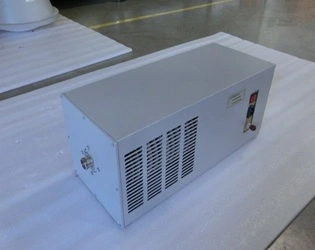
What is the role of a coaxial load in RF and microwave systems?
March 3, 2025
In the complex world of radio frequency (RF) and microwave engineering, every component plays a crucial role in ensuring system integrity and performance. Among these critical components, the Coaxial Load stands as an essential element that often doesn't receive the attention it deserves. Coaxial loads are fundamental devices designed to absorb and dissipate excess RF energy without reflecting it back into the system. This seemingly simple function is vital for maintaining the stability, accuracy, and longevity of RF and microwave systems across various applications including telecommunications, defense, aerospace, and scientific research.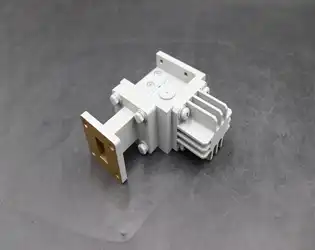
How does power handling capacity affect the design and application of waveguide isolators?
March 3, 2025
Power handling capacity is a critical parameter that significantly influences both the design principles and practical applications of waveguide isolators in microwave systems. As transmission requirements grow increasingly demanding across various industries, understanding the relationship between power handling capabilities and isolator performance becomes essential. High Power Waveguide Isolators are specialized components engineered to manage substantial power levels while maintaining signal integrity in microwave transmission systems. These critical devices protect sensitive equipment by preventing reflected power from returning to the source, effectively creating a one-way path for electromagnetic waves. The power handling capacity directly impacts material selection, thermal management strategies, and ultimately determines the operational limits and reliability of the isolator in real-world applications.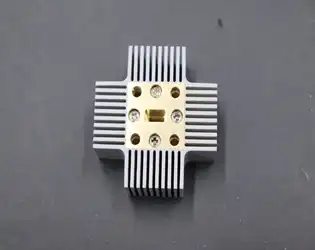
February 28, 2025
The relationship between a waveguide pressure window's thickness and its power-handling capacity is a critical consideration in microwave system design. When examining this relationship, we find that thicker pressure windows generally offer higher power-handling capabilities due to their enhanced structural integrity and improved heat dissipation characteristics. However, this relationship isn't strictly linear – there's an optimal thickness range that balances power handling with signal transmission efficiency. As a crucial component in waveguide systems, the pressure window must maintain its structural integrity while allowing microwave energy to pass through with minimal loss, making the thickness-to-power relationship a key design consideration for high-performance applications.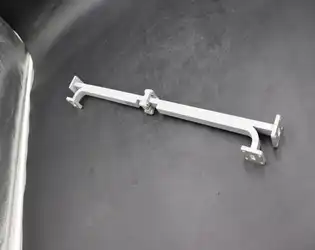
February 28, 2025
The length of the coupling section plays a crucial role in determining the performance characteristics of a broadwall directional coupler. This fundamental parameter directly affects the coupling coefficient, directivity, and overall efficiency of the device. In broadwall directional couplers, the coupling section length typically spans multiple wavelengths and significantly influences the bandwidth, coupling strength, and phase relationships between the coupled and through ports. The optimization of this length is essential for achieving desired coupling levels while maintaining high directivity across the operating frequency range. Understanding these relationships is crucial for engineers and designers working with microwave systems, particularly in applications requiring precise power sampling and monitoring.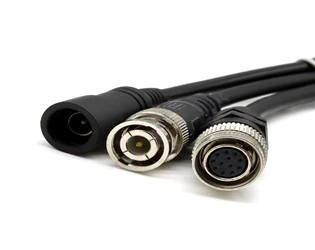
Can Coaxial Cable Adapters be used in high-frequency applications, and what are the limitations?
February 28, 2025
In the rapidly evolving world of wireless communication and RF technology, the demand for reliable high-frequency signal transmission has never been greater. As applications push into higher frequency ranges, engineers and system designers often question whether standard components like Coaxial Cable Adapters can keep pace with these demanding requirements. This comprehensive exploration delves into the capabilities and constraints of using coaxial adapters in high-frequency environments, providing critical insights for professionals seeking optimal performance in their RF systems. Coaxial Cable Adapters are indeed viable solutions for high-frequency applications, with modern designs supporting frequencies up to 40 GHz while maintaining signal integrity. Advanced Microwave Technologies' precision-engineered adapters enable seamless connectivity between different connector types and impedance matching across various system components. However, these adapters do face limitations at extremely high frequencies, including increased insertion loss, impedance mismatches, and potential signal degradation due to material constraints. The performance ceiling is typically determined by factors such as the adapter's physical dimensions, manufacturing precision, material quality, and connector interface design.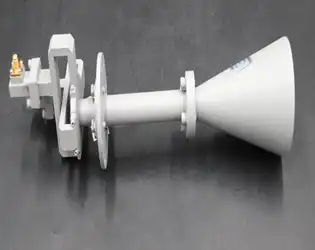
Can the Conical Dual Circular Polarization Horn Antenna Work Well in Harsh Environments?
February 27, 2025
In the demanding world of satellite communications, radar systems, and aerospace technologies, equipment reliability under adverse conditions is paramount. The Conical Dual Circular Polarization Horn Antenna has established itself as a critical component in these applications, but questions often arise about its performance in challenging environments. This blog explores the capabilities of this specialized antenna when exposed to extreme conditions, examining its design features, material properties, and operational characteristics that contribute to its resilience. Advanced Microwave Technologies Co., Ltd, with over 20 years of experience in microwave products, has engineered the Conical Dual Circular Polarization Horn Antenna to withstand harsh environmental factors while maintaining optimal signal quality and transmission efficiency. The Conical Dual Circular Polarization Horn Antenna is specifically designed to excel in hostile environments, from arctic cold to desert heat, from sea-level humidity to high-altitude aridity. Its robust construction utilizing high-grade aluminum offers exceptional durability against temperature fluctuations, while its sophisticated "OMT structure + linear circular polarizer + conical horn" configuration ensures consistent performance regardless of environmental challenges. With an operating temperature range of -40°C to +85°C, this antenna maintains superior signal reception and transmission even in extreme weather conditions. The dual circular polarization capability significantly reduces signal degradation caused by environmental interference, making it an ideal solution for mission-critical applications where reliability cannot be compromised, regardless of the surrounding conditions.
February 27, 2025
The Open Boundary Dual Linear Polarization Four Ridged Horn Antenna represents a significant advancement in antenna technology, offering remarkable advantages through its dual-linear polarization capabilities. This specialized feature enables the antenna to simultaneously transmit and receive signals in two perpendicular polarization planes, dramatically enhancing performance across numerous applications. The dual-linear polarization in the Open Boundary Dual Linear Polarization Four Ridged Horn Antenna significantly improves signal integrity by minimizing cross-polarization interference, which is crucial in complex electromagnetic environments. Additionally, this feature provides polarization diversity that enhances system resilience against multipath fading and increases channel capacity, making it an exceptional choice for modern communications, radar systems, and testing applications where signal quality and reliability are paramount.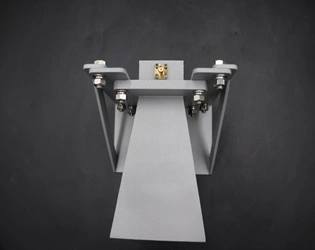
February 27, 2025
The Ultra Wideband Double-ridged Horn Antenna represents a significant advancement in antenna technology, offering remarkable improvements over conventional horn antennas. Traditional horn antennas, while effective for many applications, often face limitations in bandwidth, frequency range, and signal quality that the Ultra Wideband Double-ridged Horn Antenna elegantly overcomes. With its innovative double-ridged waveguide design, this cutting-edge antenna delivers exceptional performance across an impressively broad frequency spectrum ranging from 1 GHz to 110 GHz. The Ultra Wideband Double-ridged Horn Antenna stands apart due to its superior bandwidth capabilities, enhanced gain stability, reduced signal distortion, and compact form factor. These unique features make it an ideal solution for demanding applications in satellite communications, defense systems, aerospace technology, and telecommunications infrastructure where precision and reliability are paramount.




